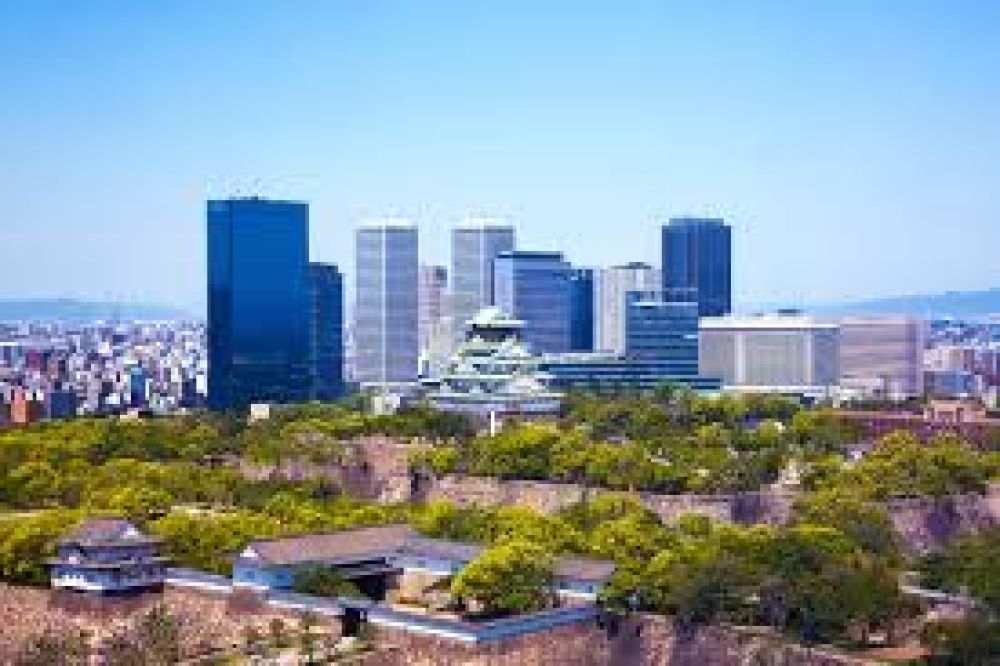

Osaka, Japan's third-largest city, is a vibrant hub of culture and history that has long captured the imagination of travelers worldwide. With its origins dating back to the 5th century, Osaka has been an important port city and commercial center. However, it wasn't until the modern era that Osaka emerged as a popular tourist destination.
During the Tokugawa Period (1603-1868), Osaka was known as the "nation's kitchen" due to its significant role in rice trading. It was during this time that some of the city's historical landmarks, such as the Osaka Castle, were constructed, later becoming key attractions for visitors.
The turning point for Osaka's tourism came in the 20th century, especially when the city hosted the Expo '70, also known as the Osaka World's Fair. This global event firmly placed Osaka on the map as a destination for international tourism and encouraged the development of better infrastructure to accommodate a growing number of tourists.
In the decades that followed, Osaka began capitalizing on its unique charm by developing numerous attractions. Iconic districts like Dotonbori became famous for their neon lights and culinary delights, while the establishment of Universal Studios Japan in 2001 solidified Osaka's status as an entertainment destination.
More recently, Osaka's tourism has been driven by its rich culinary scene, with the city often nicknamed "Japan's Food Capital". Tourists flock to Osaka not just for sights like the Umeda Sky Building or the historical Shitennoji Temple, but also to indulge in street food and Michelin-starred restaurants.
In addition to gastronomy, Osaka has positioned itself as a base for exploring the broader Kansai region, with excellent transport links to Kyoto, Nara, and Kobe. The city's mix of traditional heritage and modern urban culture continues to attract visitors of all interests.
Sustainability and the Future of Osaka Tourism
On the sustainability front, Osaka has made strides in implementing eco-friendly practices, reflecting a global trend towards responsible tourism. The city has made efforts to reduce waste, promote public transportation, and ensure that its attractions can be enjoyed by future generations.
With the World Expo scheduled to return to Osaka in 2025, the city is anticipating another significant boost in tourist numbers. Preparations for this event are already underway, with a focus on showcasing innovative technologies and sustainable development, further reinforcing Osaka's position as a leader in tourism trends.
In conclusion, Osaka's tourism history is a tale of transformation from a feudal merchant city to a modern tourist hotspot. As it prepares to host the world once again, Osaka is set to continue its evolution, creating new experiences for visitors while staying true to its rich cultural roots.